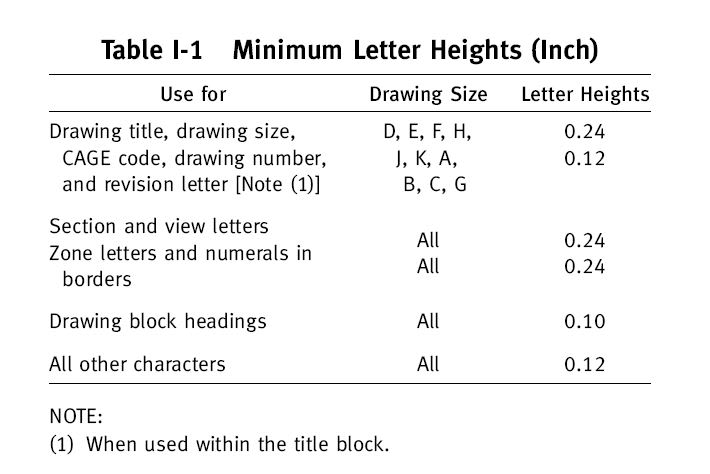dannyypk
Structural
- Sep 29, 2004
- 26
Hi, all,
I am starting my own Engineering Firm and looking for reference and guideline in established my own CAD drawing "style"
Is there any book teach how to set up text height, title page, xref, blocks, etc?
I am starting my own Engineering Firm and looking for reference and guideline in established my own CAD drawing "style"
Is there any book teach how to set up text height, title page, xref, blocks, etc?

